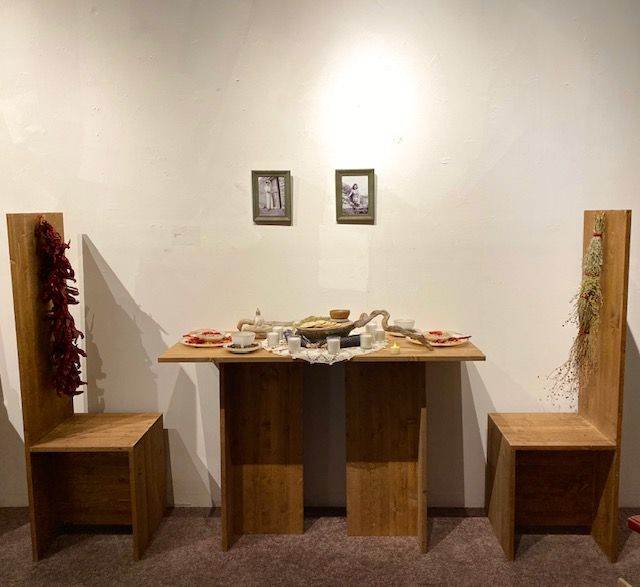
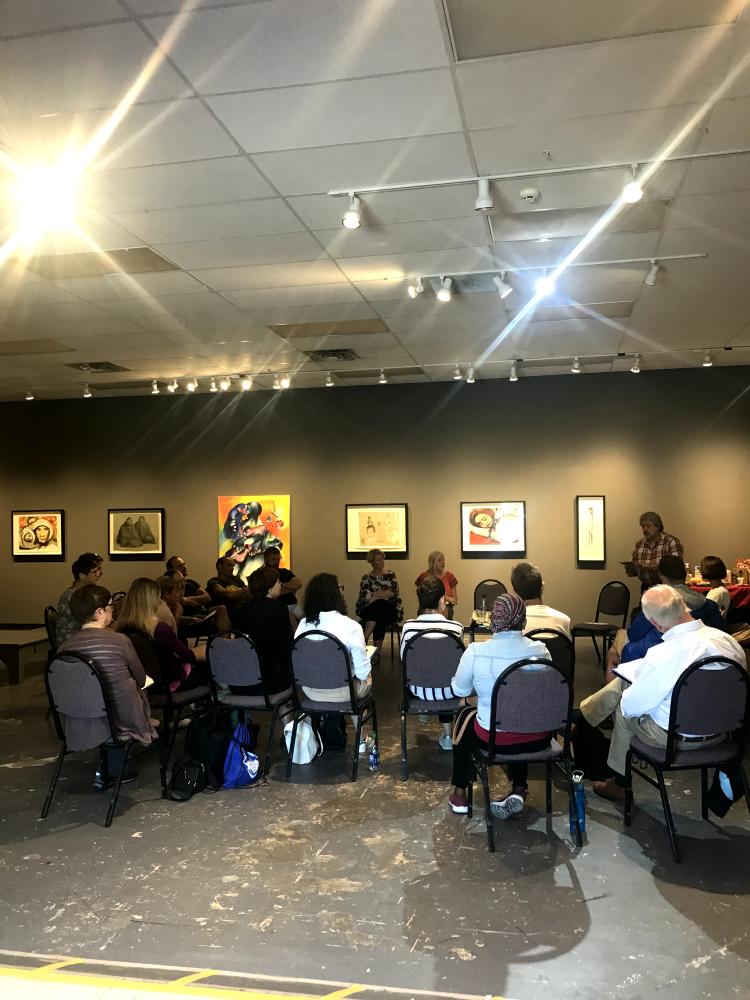
About Us
Our Mission
El Museo supports the story of Northern New Mexico. We seek to challenge stereotype, to celebrate diversity and cultural pride, to create unity and a broadened awareness within our multicultural communities, and to expand our understanding of arts and traditions to dissolve imposed borders.
¡Bienvenidos! Welcome!
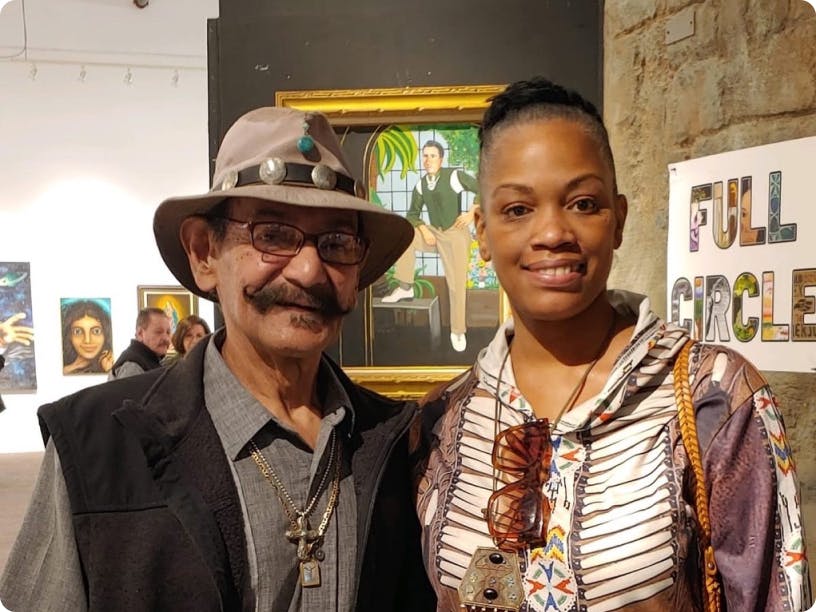
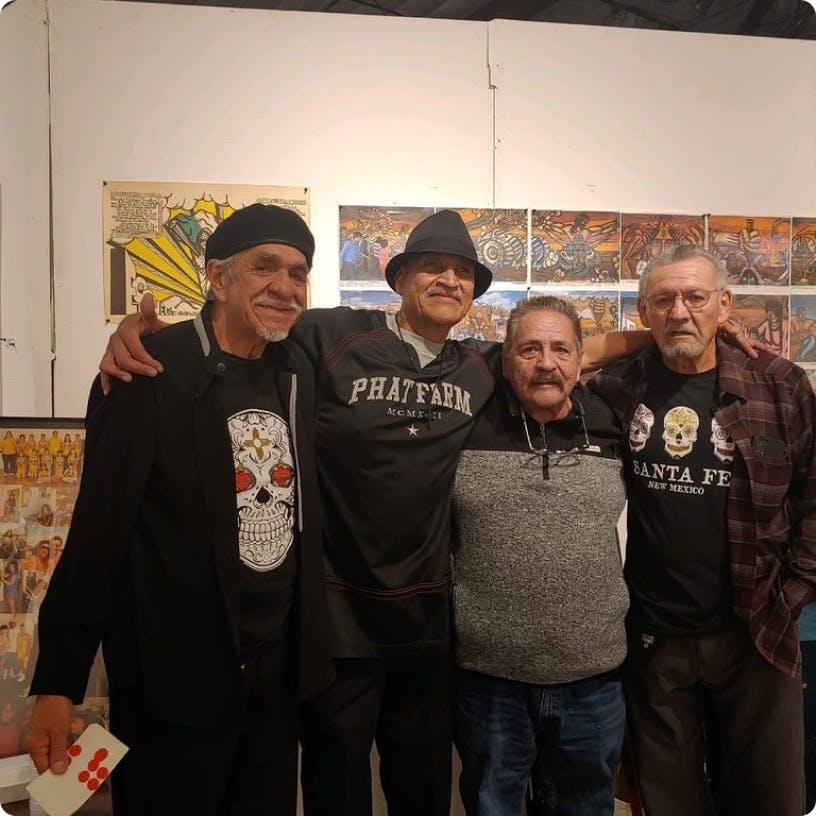
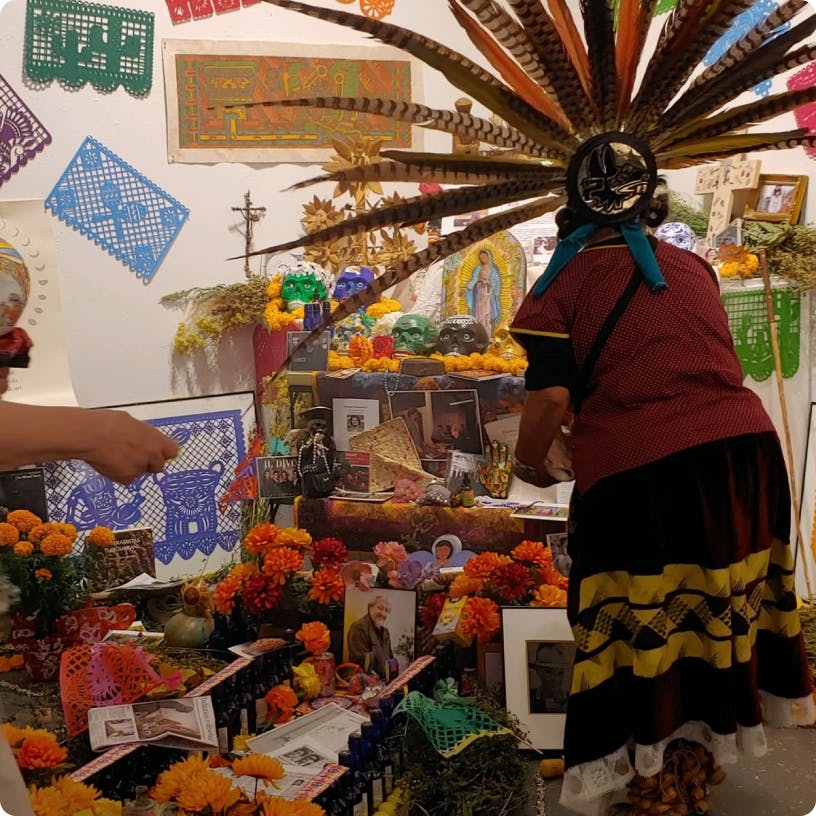
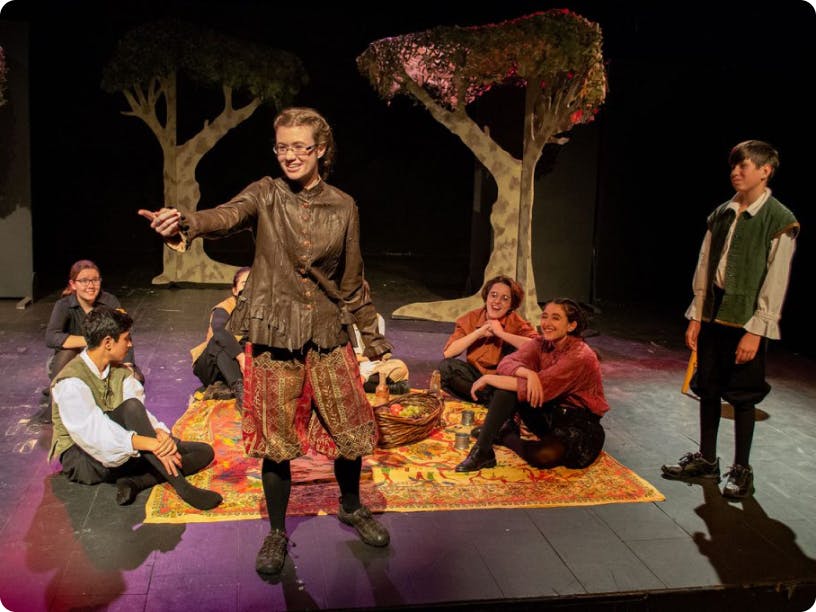
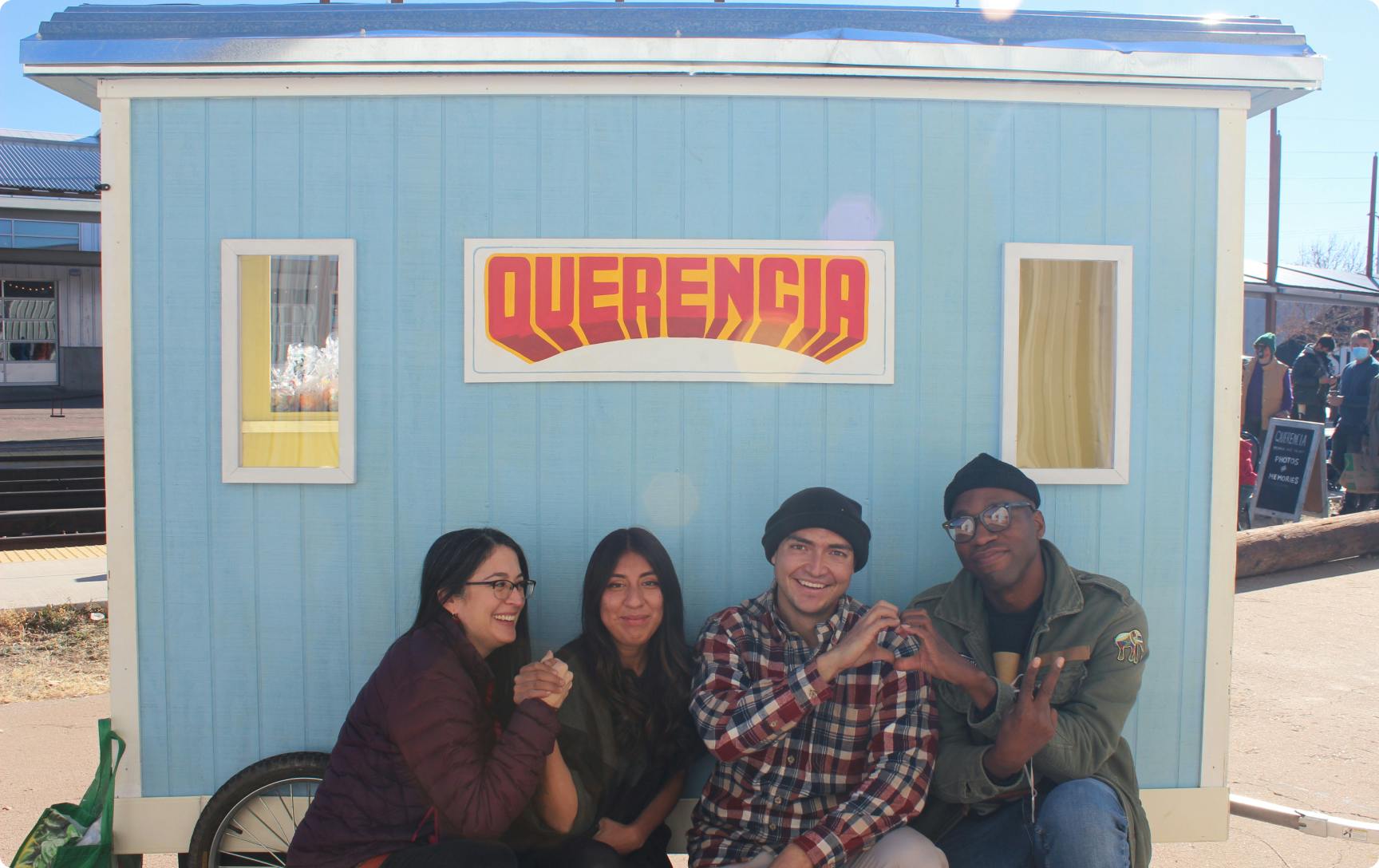
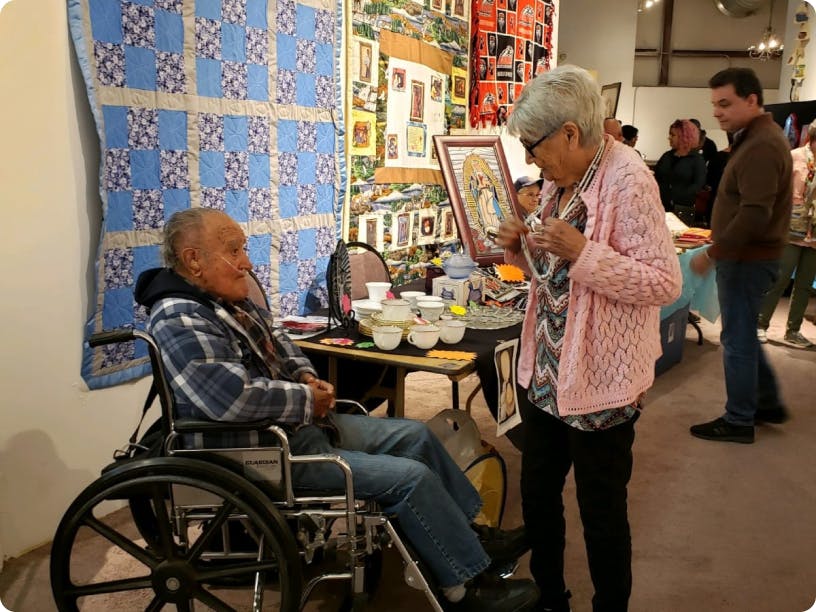
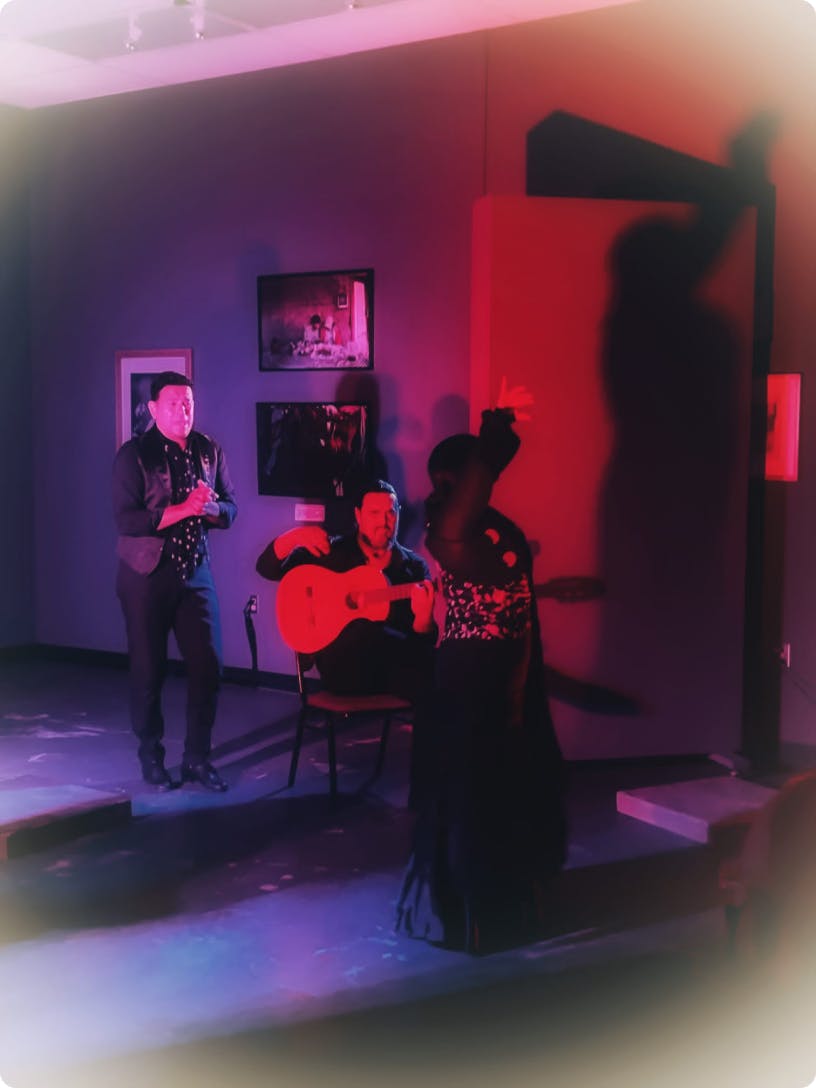
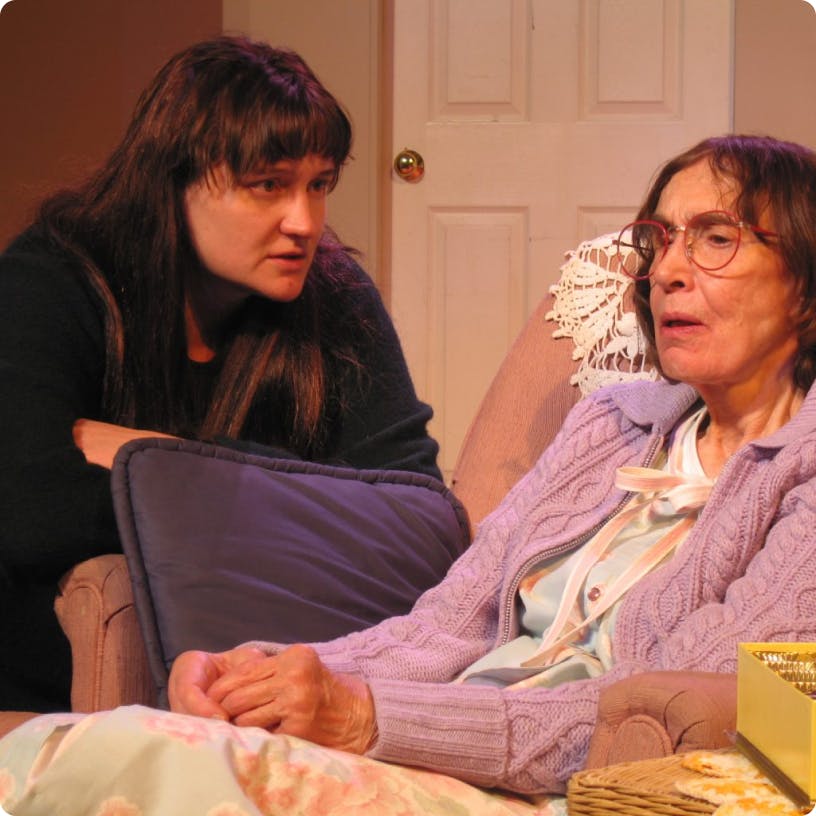
Our History
“From an empty warehouse to a House full of Gente y Cultura”
In the summer of 1993, the Santa Fe Community College received a $5,000 grant from the City of Santa Fe Arts Commission to facilitate a Hispanic exhibit with no parameters regarding the size or type of activity or exhibit. The college entrusted the project to The Intercultural Leadership project which in turn included a diverse group of community members to decide the type and direction of any activity.
This community group had a number of extensive, lively discussions about whether to call ourselves Chicanos, raza, Mexicanos, Latinos, Hispanics, Indo-Hispano, etc…and why? Also, how would we go about identifying our target population while at the same time being inclusive of all our community? The steering committee also wanted to recruit artistic talents from all walks of life, especially those in our community who have limited or no access to galleries or other avenues of sharing their talents and skills with the public in general and our community in particular. We wanted to include all the villages of Northern New Mexico, recognizing that we are all manitos, historically and culturally we are all related and our communities have always been hospitable, generous, and inclusive of our vecinos, and we wanted to continue these traditions.
The first event in the summer of 1993 was called Feria Cultural and it was held at the Santa Fe Community College. 130 visual and performing artists participated and over 2,000 people attended. Feria Cultural II and III were also held at the college and were equally successful. The events were interdisciplinary art shows characterized by the participation of over 150 artists ranging in age from 7 to 79 years of age. Art categories included weaving, singing, painting, dancing, wood carving, poetry, furniture making, chistes, cuentos, music, and many more categories. Some of the artists were well known in their respective fields and others had never shown their work outside of family and close friends.
The events turned into an opportunity to pay respect and honor all the people of our community and the various ways that we express our cultural and personal identity, whether this expression be visual, through performance, contemporary or traditional. Between cooking demonstrations, auto spray painting, custom motorcycles and cars, three performing art stages and hundreds of visual art exhibits, people found the opportunity to visit with each other and reminisce about earlier times when the local people could attend events that were truly community-oriented and offered opportunities for all of us to reestablish and strengthen the concept of comunidad y cultura, or community and culture.
The most important part of the events was that they were planned and organized by local community people. These kinds of efforts are symbolic of the ability of our community to create culturally relevant events with minimum resources and without the problems that bureaucratic processes sometimes bring with them.
The success of the events prompted a spontaneous forum or symposium organized by participants and community members who enjoyed the experience and wanted to be involved in future like-minded efforts. Many issues were discussed and contemplated. One of the main concerns of the participants was that in a city that capitalizes on the Chicano culture as a means of attracting hundreds of millions of tourist dollars there exists a dire need for some kind of coordinated establishment to the needs of local people to market the very kind of artistic and creative works that the city and state use to draw in revenue. It seems a consensus among native raza locals that there is a lack of avenues for our community to tap into the millions of dollars that flow into this city. It seems that we are not in control of any means of economic growth ideas that may benefit our community.
The public forums sprouted a local community-led effort to pursue a dream of organizing community and public support for creating a community run Hispano/Chicano cultural center, obtaining a property or building in the downtown area that would truly be accessible to all members of our community for events, activities and projects that preserve and promote our cultural richness. We envisioned a center that would be interactive, inviting and educational as well as artistic and cultural.
Here we are 11 years later (30 years later, if you’re reading this in 2023) and the dream has manifested itself into el Museo Cultural de Santa Fe. From a 1,000-square-foot dilapidated space in a warehouse that was obtained with help from Mayor Debbie Jaramillo’s administration, el Museo Cultural has grown into a 31,000-square-foot multi-use building that hosts a mind-boggling number of activities and presentations.
-Tomas and Beatríz Vigíl,
Founding members of el Museo
Originally published in 2004, revised in 2023
Our Building
In 1998, el Museo leased and moved into a renovated portion of a city-owned warehouse in the Santa Fe Railyard.
Prior to being city-owned, this space was a liquor warehouse for Southwest Distributors. Doors on our railyard side open directly onto the railroad tracks, as shipments would come in from Albuquerque and be unloaded for delivery throughout Northern New Mexico. The building still retains structural quirks from these decades as a working warehouse, including a beer cooler, hydraulic loading ramps, loading docks and shower fixtures.
When el Museo first moved in, the only usable area is what has now become our front gallery and office space. Access to tens of thousands of square feet had to be sealed off because of the degree of vermin and trash in the rest of the building. Over time and through hundreds of thousands of dollars of grant funding, the entire space has become usable for events, performances, exhibits and workshops. Our theater came together in 2000-2001 through props donated by The Santa Fe Opera from productions of The Beggars Opera, Mitridate and Ariadne auf Naxos and a series of grants to create a lighting and sound system. In 2005, The Santa Fe Opera used and remodeled the theater space, creating a new stage during a series of performances to commemorate Federico Garcia Lorca and the Opera’s premiere of Ainadamar. Even with these renovations, actors in our theater well into the 2010s will recall the many quirks of the space–dodging buckets placed on the stage to collect rainwater from our leaky roof during summer storms, or having a soliloquy cut short by the blaring horn from a passing train.
In 2006 after the closure of the Sweeney Convention Center, el Museo inherited furniture from the space as well as heating units to accommodate city meetings and traveling shows which could not be housed elsewhere until the new Convention Center was completed in 2008 2008 also marked the opening of the new Railyard after over a decade of planning and negotiation by the City of Santa Fe, Trust for Public Lands and the Santa Fe Railyard Community Corporation. Over the next decade, the Railyard and neighborhood around el Museo has continued to be redeveloped in accordance with the 2002 Railyard Master Plan.
El Museo Through The Years

2003
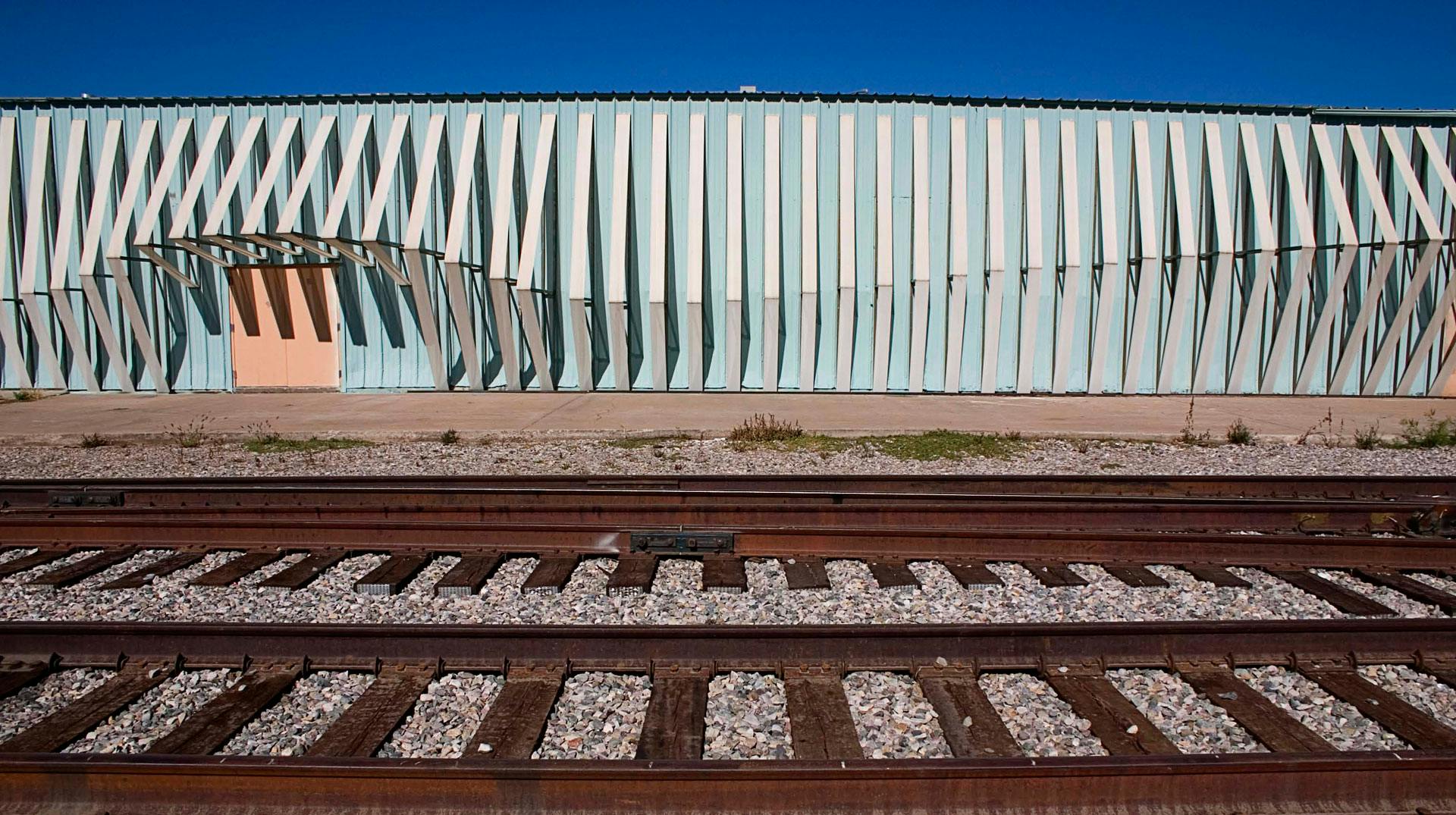
2007

2008
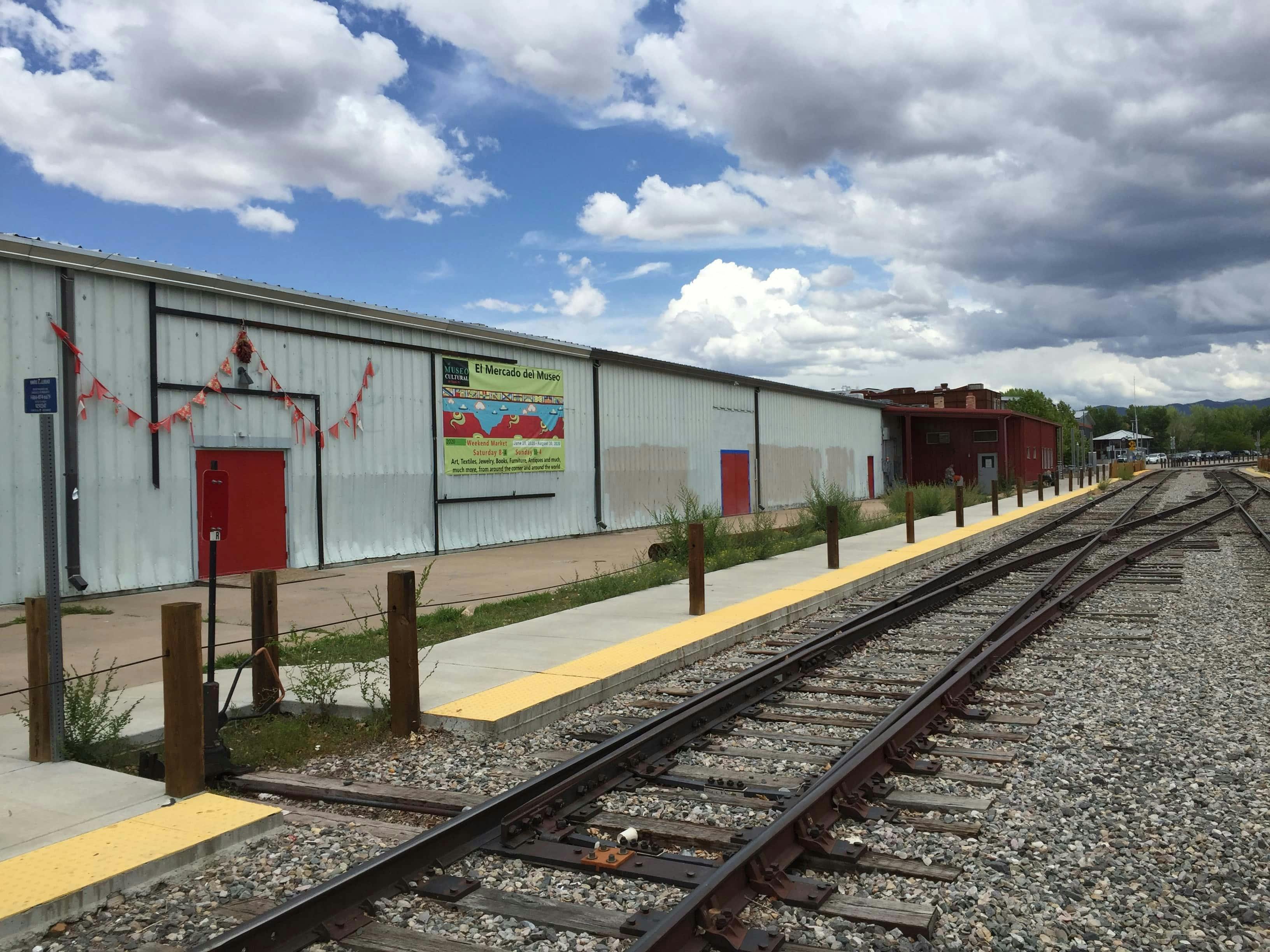
2020
2021
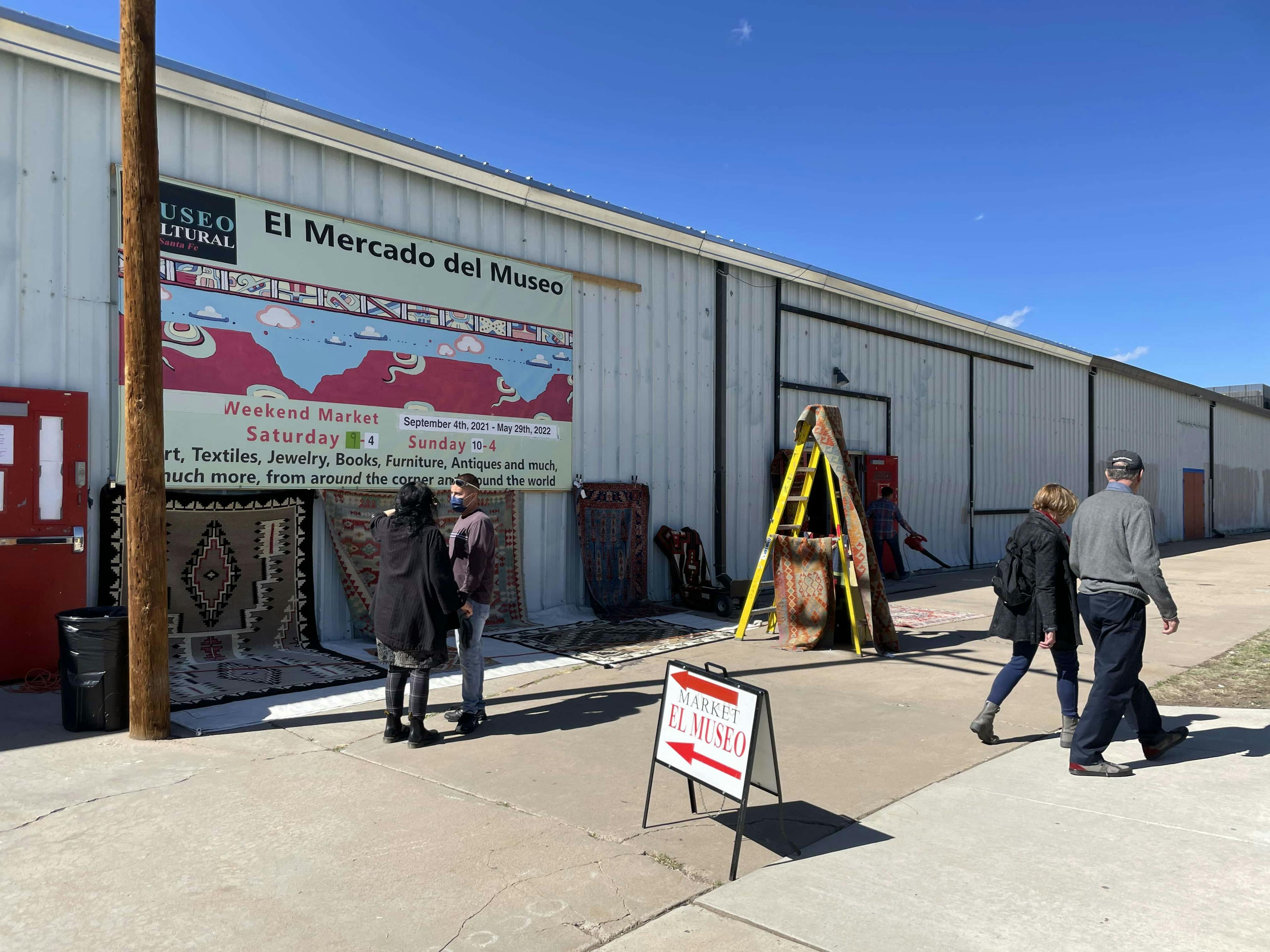
2022
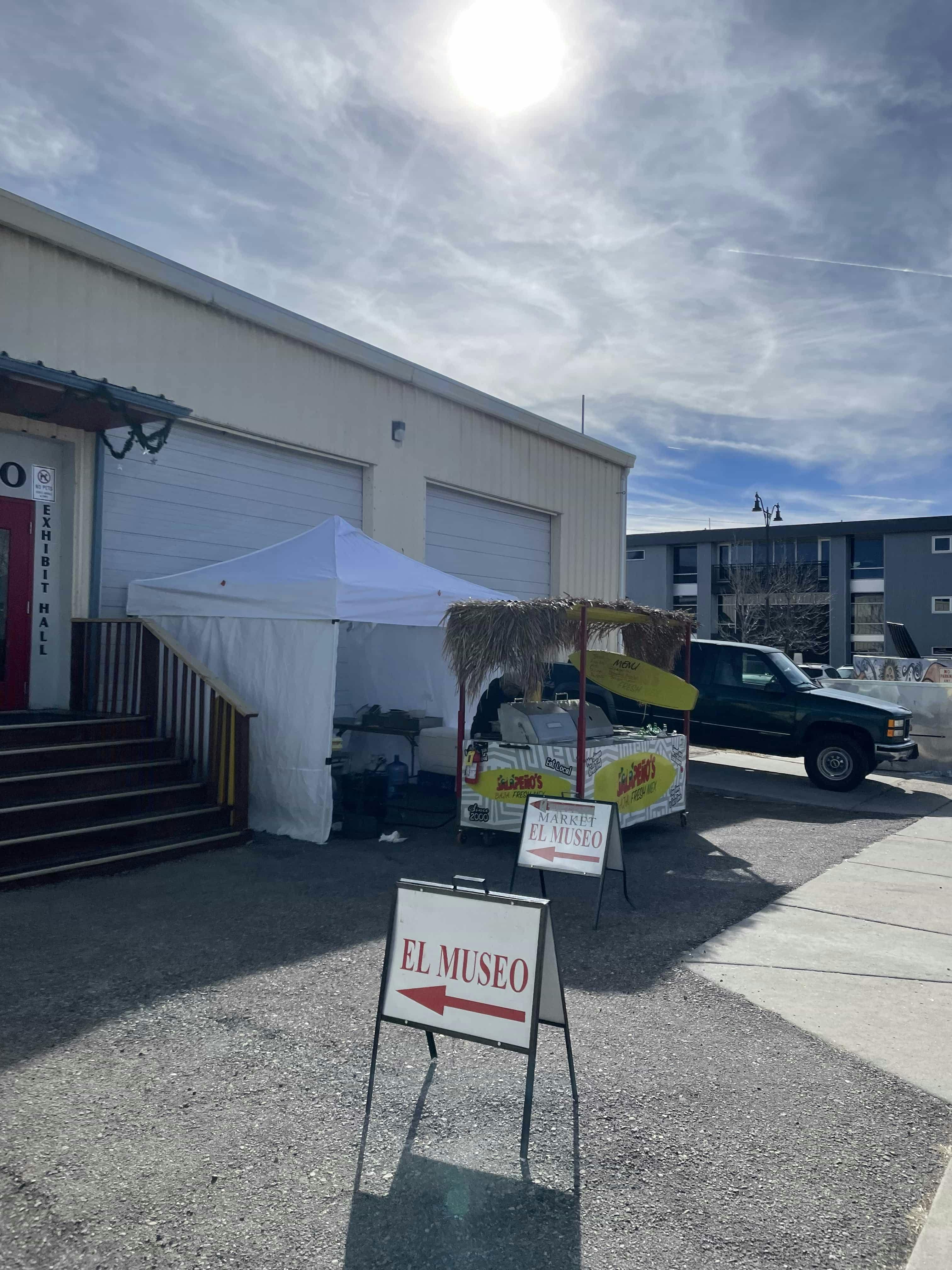
2023
Our Collaborators, Past and Present
Over the decades, el Museo has been a space for countless organizations and individuals to perform, share, and express themselves and their stories.
We invite you to explore our collaborators, past and present.
If you have collaborated with el Museo and would like to be featured here, please email
[email protected]
Our Team
Board
Earl Kessler
El Museo Board Officer
Loreta Martínez-Cargo
El Museo Board Officer
Tim Butler
El Museo Board Member
Frances C. Barela
El Museo Board Member
Ramón Barela
El Museo Board Member
Amber Ohlinger
El Museo Board Member
Advisory Commitee
Attyat Mayáns
Liasion to the Board
Staff
Saul Mata
El Mercado Coordinator
María G. Martínez
Executive Director
Get involved
Your gift helps El Museo to exist and continue our efforts in promoting Northern New Mexican Culture in the community.
